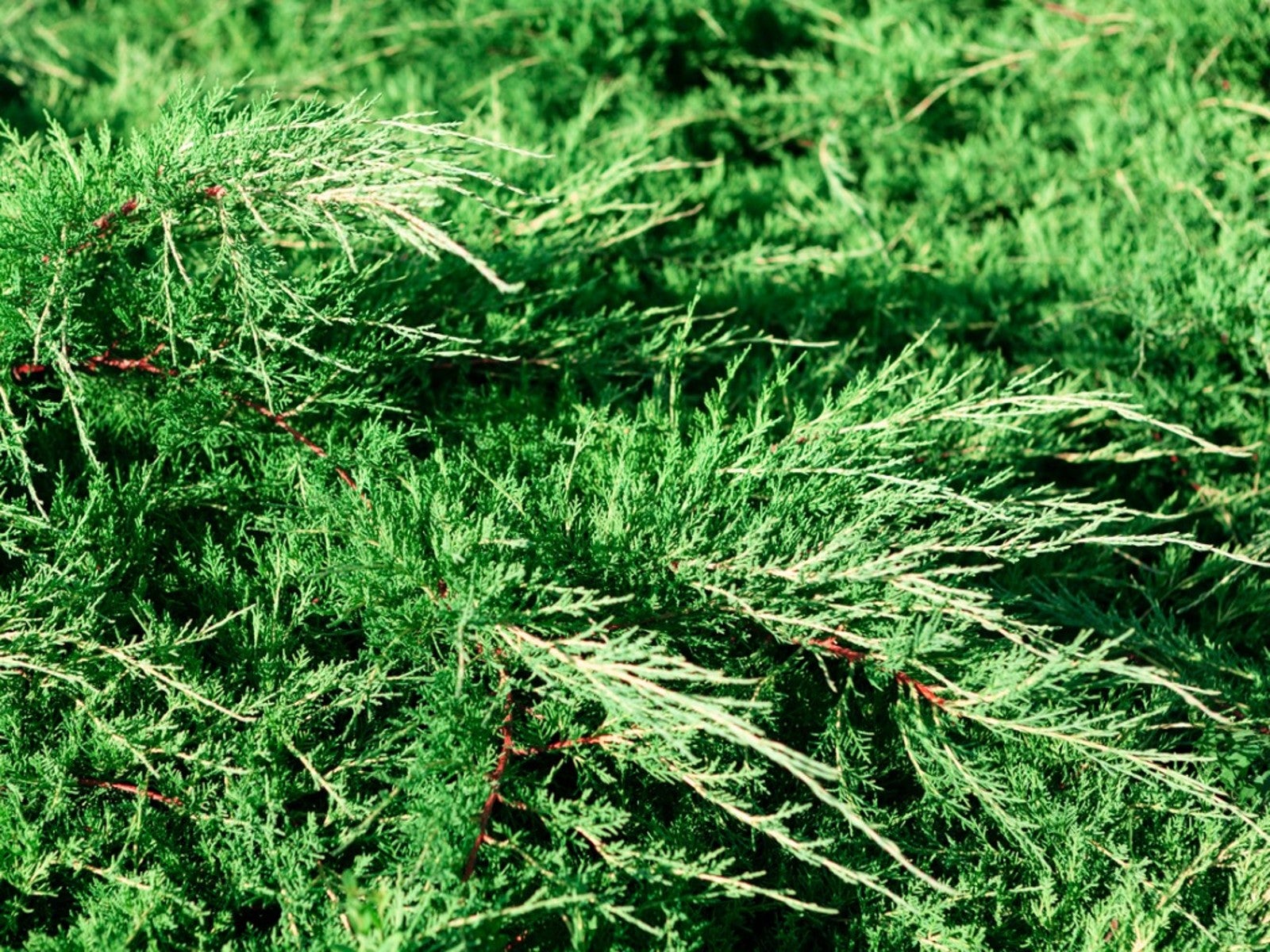Chinese Spartan Juniper – Tips For Growing Spartan Juniper Trees


Many people who plant a privacy hedge or windbreak need it yesterday. Spartan juniper trees (Juniperus chinensis ‘Spartan’) may be the next best alternative. Spartan is an evergreen that grows extremely quick and can be used to create an attractive hedge or screen. For additional information about Spartan juniper trees, including tips for growing and care, read on.
About Spartan Juniper Trees
Spartan juniper trees are a narrow cultivar of Chinese juniper, Juniper chinensis. The original tree is native to northeast Asia, including China. The Spartan cultivar is also known as Chinese Spartan juniper. Juniper has been grown in China for hundreds of years, well before western gardeners “discovered” the tree. This cultivar grows to some 15 feet (5 m.) tall but remains slender, between 3 to 5 feet (1-1.5 m.) wide. Its dense foliage is dark green and can be clipped into different shapes. Even without being sheared or trimmed, the plants have a uniform shape.
How to Grow a Spartan Juniper
Those interested in growing Spartan juniper will want to start with climate. Chinese Spartan junipers do best in USDA plant hardiness zones 4 or 5 through 9. Select a planting site carefully. The trees grow best in full sun and absolutely require well-drained soil. If you plant them in wet soil, they will likely develop root rot and die. Providing adequate irrigation is an essential part of how to grow a Spartan juniper. Although these trees can develop drought resistance, they take quite a while to establish their root system after transplant. That means regular deep irrigation is important for the first few seasons. You can help the tree develop its roots by loosening up the roots when you remove the plant from its container. Use a knife to break up the tight root mass.
Spartan Juniper Care
Chinese Spartan juniper is usually a healthy plant. These trees are not particularly susceptible to any pest issues or disease problems. Planted in soil with good drainage, they do not get root rot. However, they can be infected with tip and needle blights. Excellent Spartan juniper care can prevent many health issues. Pruning is not an essential part of Spartan juniper care. If you do prune your Spartans, act in summer for best results.
Sign up for the Gardening Know How newsletter today and receive a free copy of our e-book "How to Grow Delicious Tomatoes".

Teo Spengler is a master gardener and a docent at the San Francisco Botanical Garden, where she hosts public tours. She has studied horticulture and written about nature, trees, plants, and gardening for more than two decades, following a career as an attorney and legal writer. Her extended family includes some 30 houseplants and hundreds of outdoor plants, including 250 trees, which are her main passion. Spengler currently splits her life between San Francisco and the French Basque Country, though she was raised in Alaska, giving her experience of gardening in a range of climates.